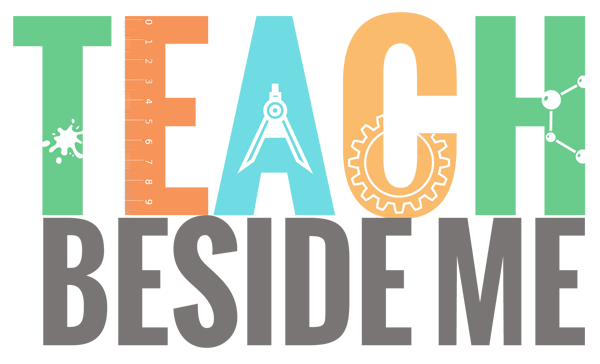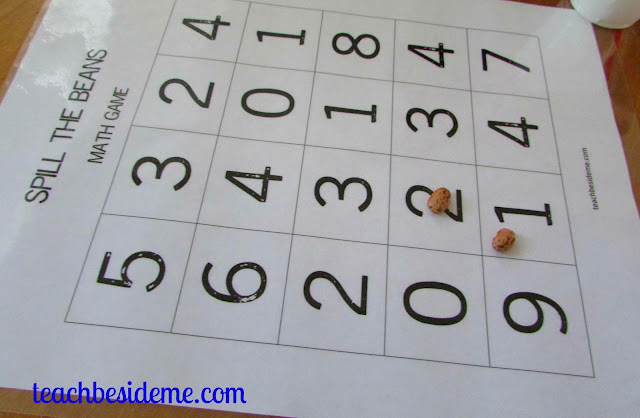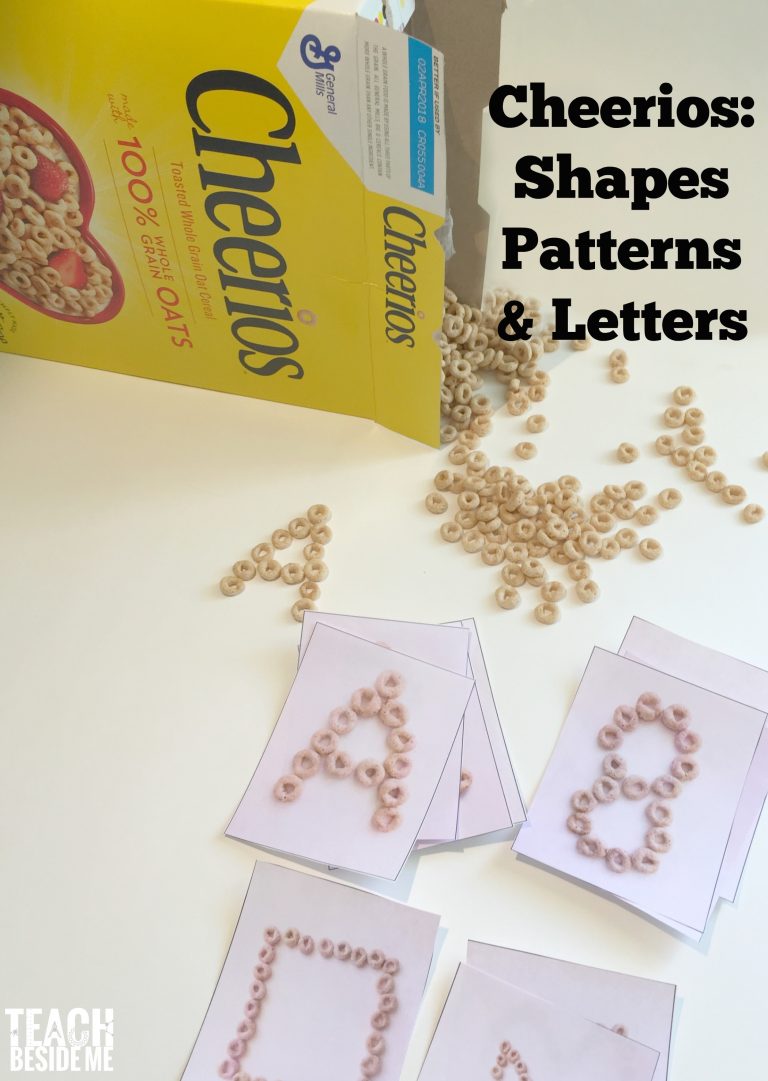Sink or Float: Density of Salt Water
This post may contain affiliate links.
Today I want to show you a Sink or Float Salt Water Density activity we did. I have been wanting to do this activity for a long time and I’m glad we finally got around to it!

We experimented with the salinity of water and how it affects items sinking or floating. We did this on the density of water based on its salt content by using fresh water, and also water with the approximate salt content in the ocean, the Great Salt Lake, the Dead Sea (bordering Israel and Jordan).
I have spent a lot of time around different bodies of salt water in my life. I grew up in Florida right by the ocean and spent many many days swimming in the ocean there.
I also had the opportunity to do a semester abroad in Israel and swam in the Dead Sea while there.
Now, I live near the Great Salt Lake and have had the opportunity to visit it with my children. The last time we visited the Salt Lake as a family, I started thinking about trying this sink or float experiment at home with my kids.
I remember swimming in the Dead Sea. The amount of salt in the water makes your skin sting a bit when you go in. It is nearly impossible to not float due to the high density of the water. It is a strange feeling to just float so easily in water with very little effort. There is a similar feeling in the Salt Lake.
Different amounts of salt in the water will create different densities. Denser water will create greater buoyancy, meaning things will float more. We decided to simulate this by trying to recreate water with the same amount of salt as each of these bodies of water.
Since we had some background knowledge to this already, we knew our predictions would likely be correct. The more salt you add to water, the more dense it will be, and thus the more likely it will be that items will float in it.
How to Do the Sink or Float: Density of Salt Water Experiment

Supplies We Used:
Quart sized glass jars, wide mouth
Salt
Spoon
Various household objects
In deciding how much salt we put into the water, we based it on the percentage of salt in each body of water. I used a food scale to measure it in grams. This makes it a little easier anymore accurate.

Our control was the fresh tap water. We filled one jar with 3 cups or 720 g. of regular water and tested what would float in it. We used a few different items to compare. We put the same amount of water in each jar with varying amounts of salt percentages.
Quantity of Salt in Ocean Water:
The next jar was our ocean water. Salty ocean water is 3.5% salt. So in a jar with 3 cups or 720 g. of water that would equal 25.2 grams of salt. A teaspoon was approximately 6.5 g. of salt or 3 3/4 tsp. salt.

Quantity of Salt in the Great Salt Lake
For our third jar of water, we created water similar to the salinity of the water in the Great Salt Lake. This one is tricky because the salt levels fluctuate based on the water levels of the lake and also the location in the lake. Some areas have a higher salt content than others. I decided to go with sort of a middle, average range of 15%. That equaled 108 grams of salt which is a little more than 1/3 c of salt in 3 c. of water.
Quantity of Salt in the Dead Sea

The fourth jar of water represented the Dead Sea. The water in the Dead Sea is one of the saltiest bodies of water on the earth’s surface. There is eight times more salt in Dead sea than ocean 36% salt! At 36% salt that equals 259.2 grams of salt (about 3/4 c.) of salt in the 720 g. (3 c.) of water.
Saltiest Body of Water: Gaet’ale Pond
The Dead Sea is not the saltiest body of water on earth. Gaet’ale Pond in Ethiopia is 43% salt, but you can’t swim in this one! It’s typically over 120 degrees Fahrenheit and emits toxic gases. We did not test out the density of this one, but it is a fun fact to teach!
Will it Sink or Float?
Once the jars have both the salt and water, stir them with a spoon until the salt is dissolved as much as possible. It may get a little messy, so if you are concerned about mess, do this experiment outside, over a sink or in a small tub to catch the spills.

Now you can test out the density of each of the jars of water by seeing what things will sink or float in each jar.
Objects to Try for the Sink or Float Experiment
We tested out each of the jars of water with several common household items. You can try anything, but here are some ideas:

- wooden blocks
- hard-boiled egg vs. a raw egg
- cherry tomatoes
- plums, apples, oranges, grapes
- highlighter pens (pencils and crayons would work well)
- ping pong balls or bouncy balls, aluminum foil rolled into a tight ball
- small toys- like lego, or army men, small toy cars
- small objects like a coin, a paper clip, dry pasta, eraser, bottle cap, buttons, coins
Try a variety of dense objects and buoyant objects so you can get a better idea of how they work.
It was really fun to make a prediction of each object and then see which guesses were correct. Sometimes we were surprised by the outcome. It was also surprising to see how much more things would float in the the saltiest water.

Our predictions that overall liquids with more salt will have a higher density and fresh water will have a low density.
Sometimes an object would sink in the fresh water, but float in all of the salt water jars, no matter the amount of salt. Sometimes we could see that the object would sit higher or lower at the top of the water.
We really enjoyed this experiment and hope you will, too!
See More Water Experiments: 25 Water Science Experiments and Activities!
Also check out this Density Experiment for Kids where we tested the density with different liquids and substances including corn syrup, gel, and more!






